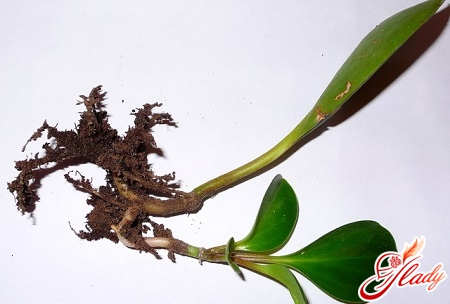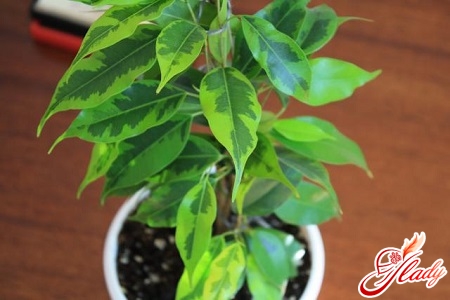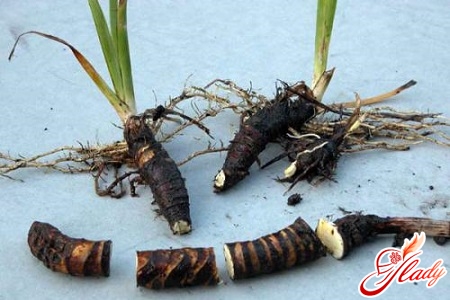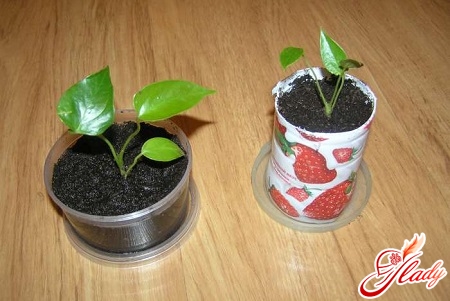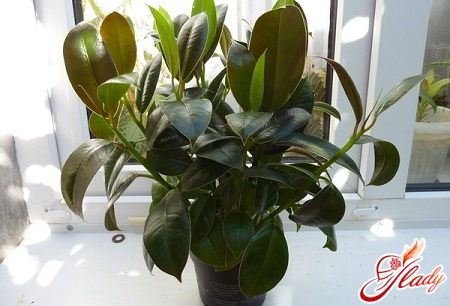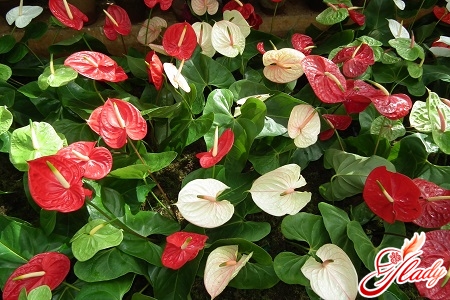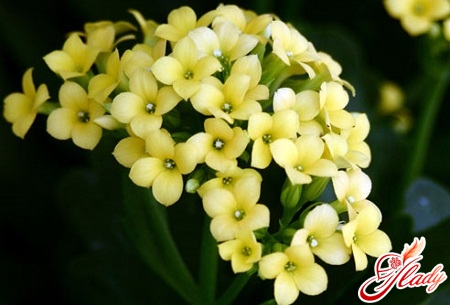 On the windowsills of city apartments you can often findmeet the Kalanchoe flower. There are quite a few varieties of this plant, but today we will talk about only one of them. About the one that combines the qualities of both a green healer and just a beautiful flower. This plant is called Kalanchoe pinnate. What is this flower? A small bush with fleshy light green oval-shaped leaves. On the upper leaves there are depressions in which the babies grow and develop. Over time, they fall into the ground and take root, as a result of which a new, young plant develops.
On the windowsills of city apartments you can often findmeet the Kalanchoe flower. There are quite a few varieties of this plant, but today we will talk about only one of them. About the one that combines the qualities of both a green healer and just a beautiful flower. This plant is called Kalanchoe pinnate. What is this flower? A small bush with fleshy light green oval-shaped leaves. On the upper leaves there are depressions in which the babies grow and develop. Over time, they fall into the ground and take root, as a result of which a new, young plant develops.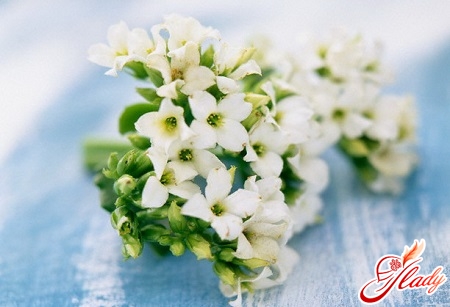
Care and growing at home
If you want to grow Kalanchoe pinnate without waiting for it to reproduce naturally, follow these steps:
- Put a sheet of Kalanchoe on the ground, and its lower side should be at the top;
- Now sprinkle the edges with wet sand - a layer of about two centimeters;
- Well tamp the sand with a spatula and moisturize regularly;
- Soon there will be shoots. As soon as they reach a height of 10-15 centimeters, plant young plants on separate pots.
For Kalanchoe, you can either buy a ready-made substratefor succulents, or make the soil yourself. To do this, you need to make a mixture of river sand, leaf soil and humus in equal proportions. It is also advisable to add brick chips and some birch coals. This will help maintain moderate soil moisture throughout the pot. Be sure to put drainage (expanded clay) on the bottom of the pot. When choosing a pot, it is best to give preference to a container with small legs that will provide a gap between the bottom and the tray. This will save the plant from excess moisture and stagnant water in the tray. Unlike other succulents, Kalanchoe pinnate loves abundant watering. But this only applies to the warm season. In winter, water procedures are reduced in order to prevent root rot. It is advisable to make sure that the soil is really dry before watering. Kalanchoe is a sun-loving flower. It is not afraid of direct sunlight, so the choice of the side of the world is not so important. Kalanchoe pinnate is not at all demanding in care. All you need to do is water it regularly and periodically loosen the soil. Once a month, you can fertilize it, choosing nitrogen or other liquid fertilizers for cacti. The optimal temperature for growing the plant is 16-22 degrees. If the temperature drops below 10 degrees, the flower may die. In addition, it does not like sudden changes in temperature, and tolerates heat much easier than cold.
When is a transplant necessary?
The signal for transplantation is completelya pot filled with the root system. Before replanting, the Kalanchoe is watered generously and allowed to drain off excess water. Then the pot is turned over and the plant is carefully removed along with the soil. To make the procedure easier, you can tap the pot a little. By this time, a container with drainage and soil should already be prepared (the soil layer should not be more than 5 centimeters). The plant is transferred to a new place of residence and sprinkled with soil to the desired level. To compact the soil, the pot is periodically tapped on the floor. After the procedure, the flower is watered generously. Further maintenance conditions remain the same.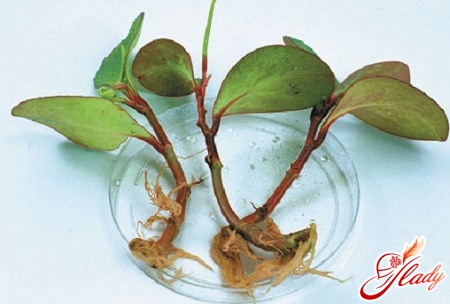
Medicinal properties
The leaves of the plant have anti-inflammatory properties.and bactericidal action due to the presence of polysaccharides, enzymes and other useful substances. Kalanchoe is used as a healing agent for ulcers and wounds. It copes well with the healing of rotting and decomposing tissues. Several medicinal preparations are prepared from Kalanchoe at home: juice, ointment, extract. Kalanchoe juice It is used to treat various non-healing wounds, including trophic ulcers, bedsores, burns, scars from surgery, oral mucosa, eyelid diseases. It helps women with ruptures after childbirth, erosion of the cervix, cracked nipples. Kalanchoe juice is used externally - in the form of a compress. Or internally - in the form of regular rinses. Sometimes the juice can be applied in its pure form, simply dripping it onto the affected area. The duration of treatment depends on the degree of skin damage. You can use the juice as a preventative measure against colds in winter. To do this, drip 1-2 drops into each nostril. Repeat the procedure in the morning and evening. This recipe will also help get rid of a runny nose. It is best to collect the juice from August to November, when the stem and leaves accumulate the maximum amount of useful substances. In order to get the purest and most useful juice, you must follow the following scheme:
- Cut a part of the plant near the root, rinse and dry with a paper towel;
- Prepared in this way the sheet wrapped in natural cloth and put in the fridge for about a week;
- It is believed that this method allows the synthesis of substances in Kalanchoe - biostimulants, which activate all the medicinal properties of the plant;
- Then the sheet is cut into small pieces and kneaded;
- The resulting gruel is squeezed with a gauze folded into several layers;
- The juice is insisted in the refrigerator for three days and again filtered through a cloth;
- Now it can be used for medicinal purposes, but it can not be stored for more than a week;
- For preservation, it is necessary to mix it with medical alcohol in such a proportion that the strength of the finished mixture is 20%;
- Canned juice can be stored in the refrigerator for a year. Before use, it must be heated to the temperature of the human body.
From Kalanchoe juice you can make a tincture that helps with varicose veins:
- The leaves of the plant are ground and filled with half of any glass container;
- Pour the leaves with vodka (the container must be filled to the brim) and put in a dark place for seven days;
- Each two days the tincture is shaken;
- Over time, the medicine is filtered through a dense tissue and used to rub the legs (from the foot to the top);
- Store the tincture in the refrigerator.
Kalanchoe ointment Used to heal wounds of various origins. There are two ways to prepare the ointment.
- Based on Vaseline
You will need:Kalanchoe juice - 30 grams, medical petroleum jelly - 50 grams, anhydrous lanolin (can be found in a pharmacy) - 50 grams. Mix the juice with lanolin and heat in a water bath in an enamel bowl. Then add petroleum jelly to the heated, but not brought to a boil, mixture and mix well until smooth. While the ointment is hot, pour it into small glass jars, having previously disinfected them with alcohol. Store in the refrigerator. The medicine may be an allergen, so people prone to allergic reactions should use it with great caution.
- Based on pork fat
Melted pork fat (visceral) and juiceKalanchoe is mixed in a 1:1 ratio. Then the mass is melted in a water bath for 40-45 minutes, stirring constantly. It is important that the ointment does not boil. Remove from heat and let it brew in a warm place for about a day. The melting procedure is repeated three times. The finished product is stored in the refrigerator. This ointment does not cause any allergic reactions. Kalanchoe extract Grind Kalanchoe leaves and pour water in a 1:5 ratio. Evaporate in a water bath for 15-20 minutes until half the volume remains. Cool the resulting extract and store in the refrigerator. It is used to treat and prevent gum diseases, as well as to treat fistulas and wounds. It is believed that regular consumption of Kalanchoe leaves can significantly strengthen the body and stimulate the immune system. You can add fresh leaves to a salad or eat them simply with vegetable oil and lemon juice. Obviously, all the medicinal properties of this plant have not yet been studied and certainly do not end with our article. We recommend reading:




